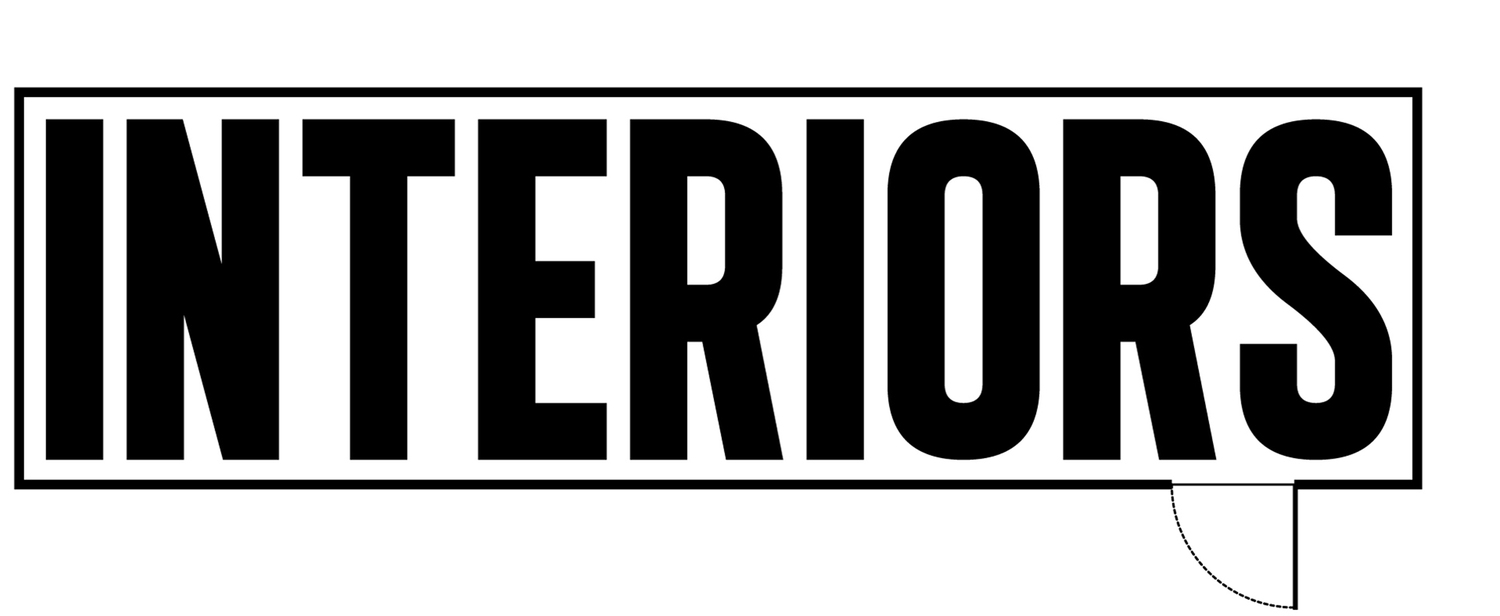Project: Drive (2011)
/
The unnamed protagonist in Nicolas Winding Refn's Drive (2011) is a man of few words.
The Driver (Ryan Gosling) speaks seldom, as the film instead revolves around subtle details about his life. It's this approach that creates sublime moments of interaction between The Driver and Irene (Carey Mulligan), almost to the point where their time together resembles a dream.
In a particular scene, The Driver and Irene embark on a ride together, along the Los Angeles River, which was filmed between Victory Boulevard and Burbank Boulevard. In this short scene, rather than The Driver showcasing his skills as a professional driver and doing donuts with his car, or other conventional moves evidenced in similar "driving" films, we instead see a genuinely touching scene between two people, achieved by the interactions of the car and the empty space that surrounds them.
This includes the opening shot of the scene, a point-of-view of The Driver's car racing down the river bank, the sun’s reflection dancing across the “water freeway,” a narrow strip of water that runs at the base of the concrete slabs. The lyrics of the song that plays over the scene, "A Real Hero" by College, resonate with the narrative as well.
“Back against the wall and odds
With the strength of a will and a cause
Your pursuits are called outstanding
You’re emotionally complex
Against the grain of dystopic claims
Not the thoughts your actions entertain
And you have proved to be...
A real human being and a real hero”

